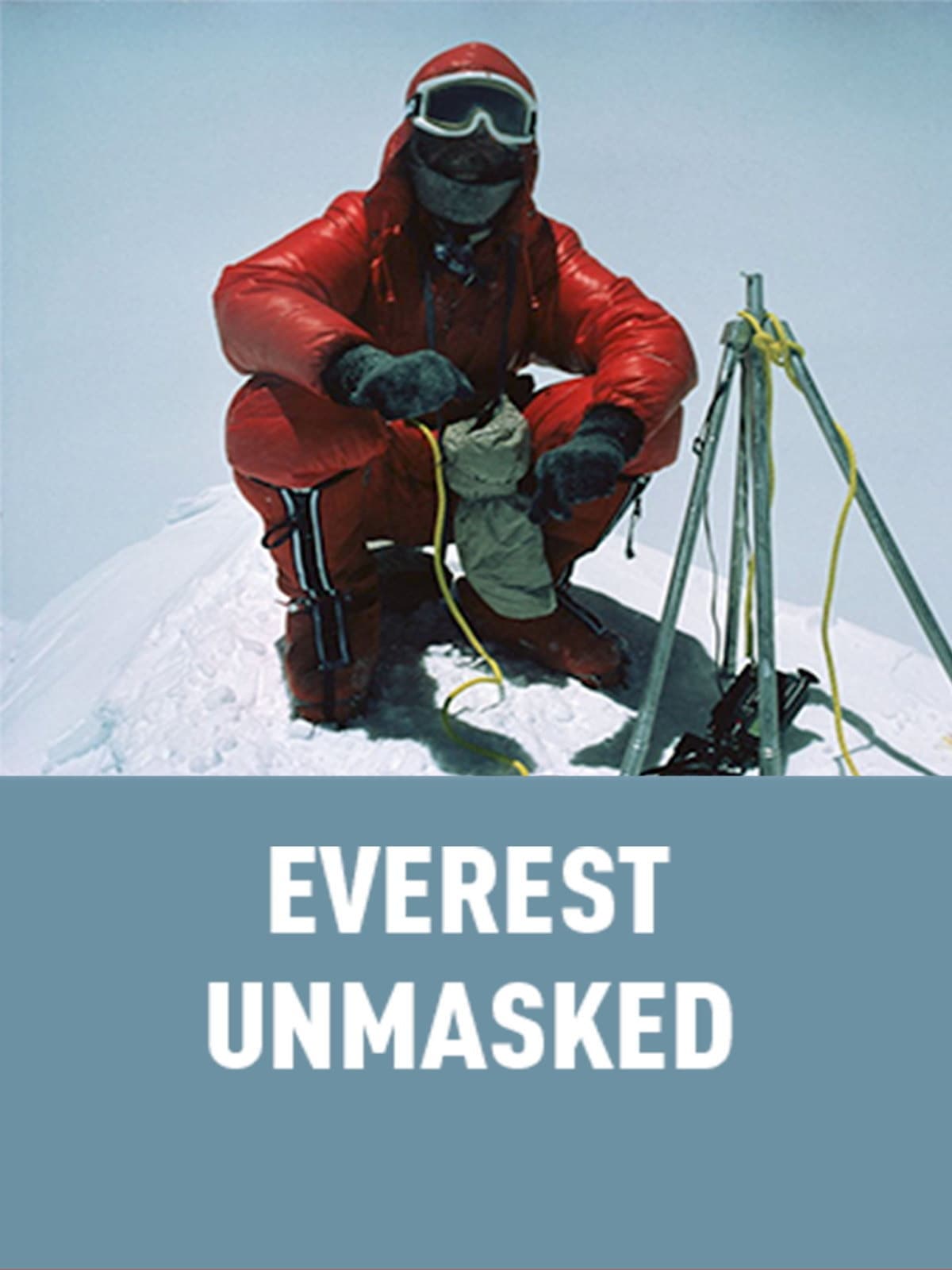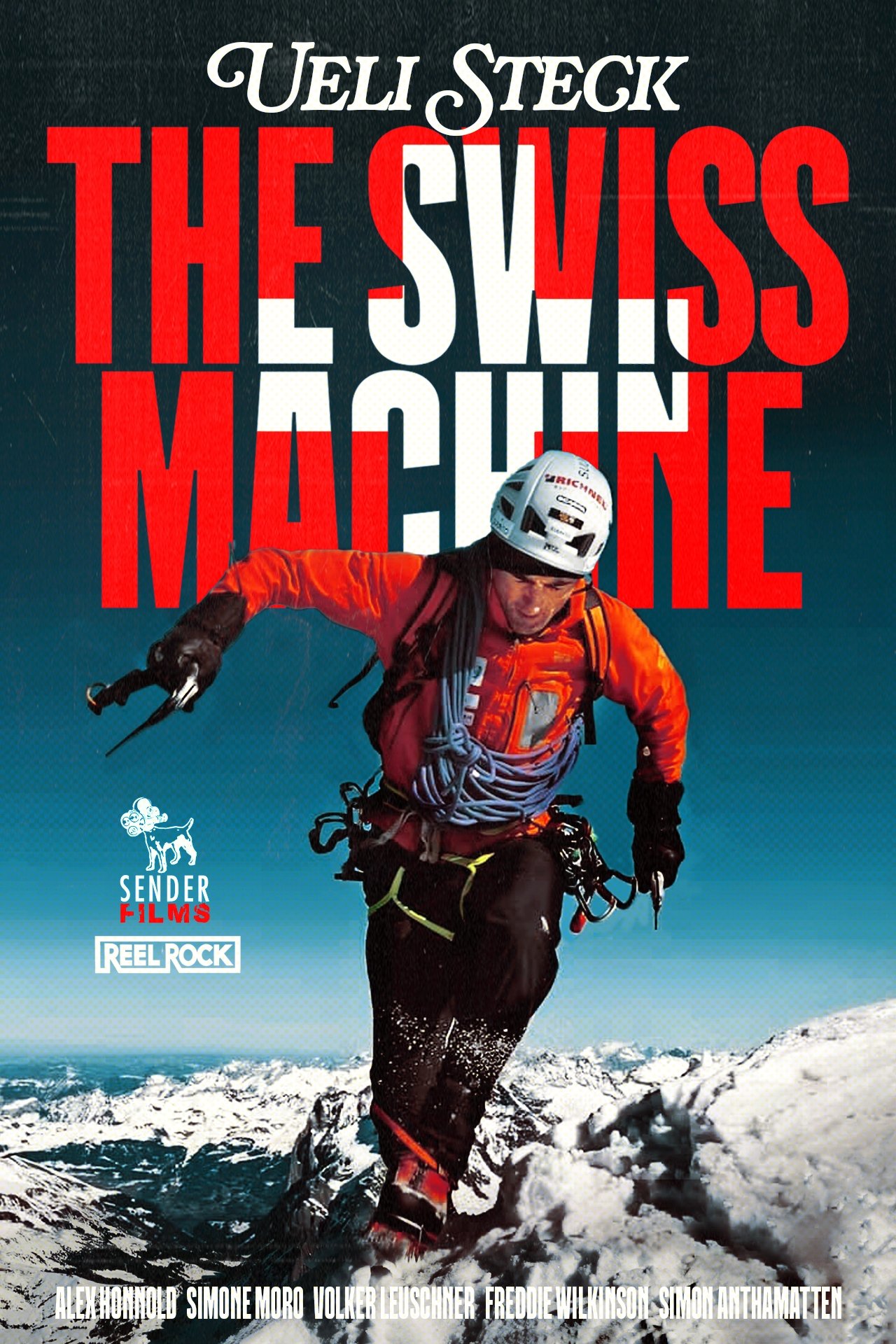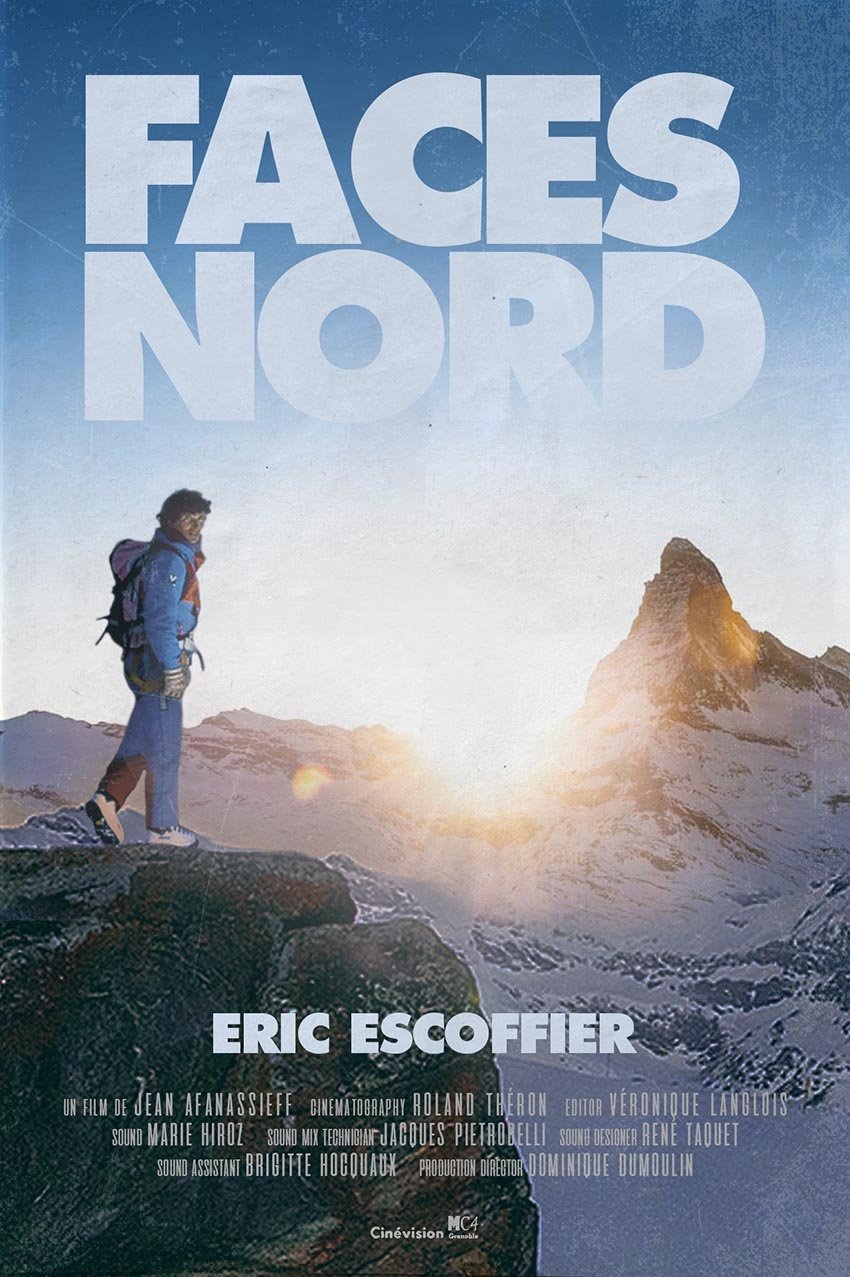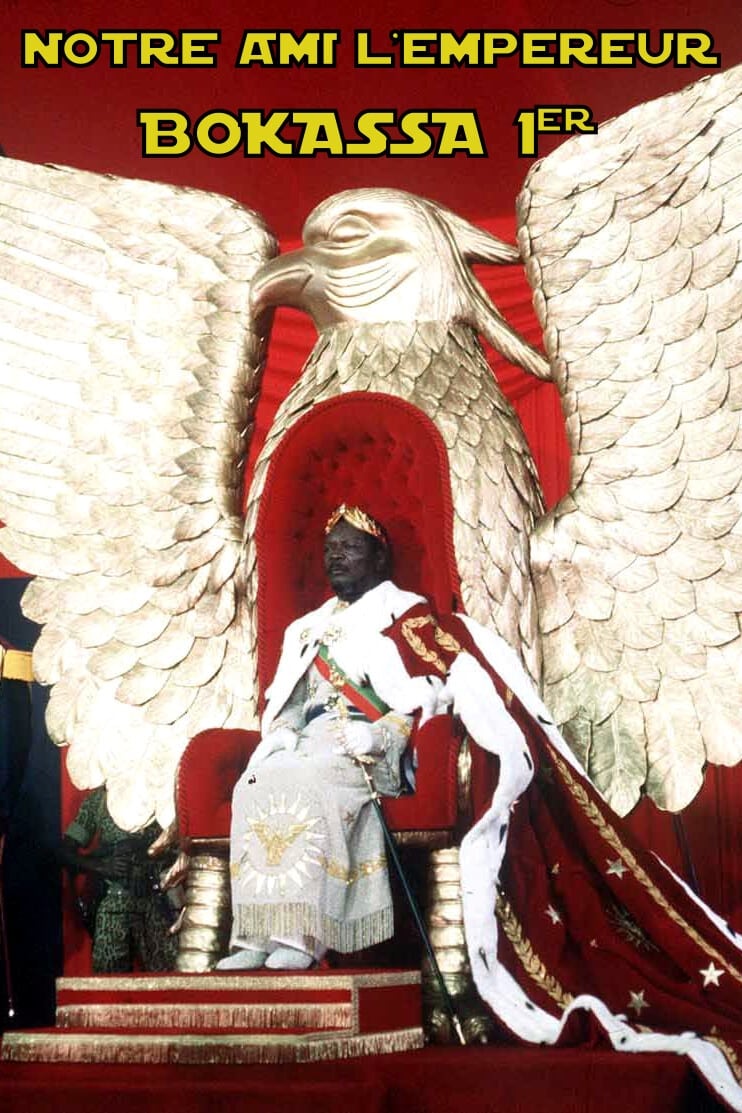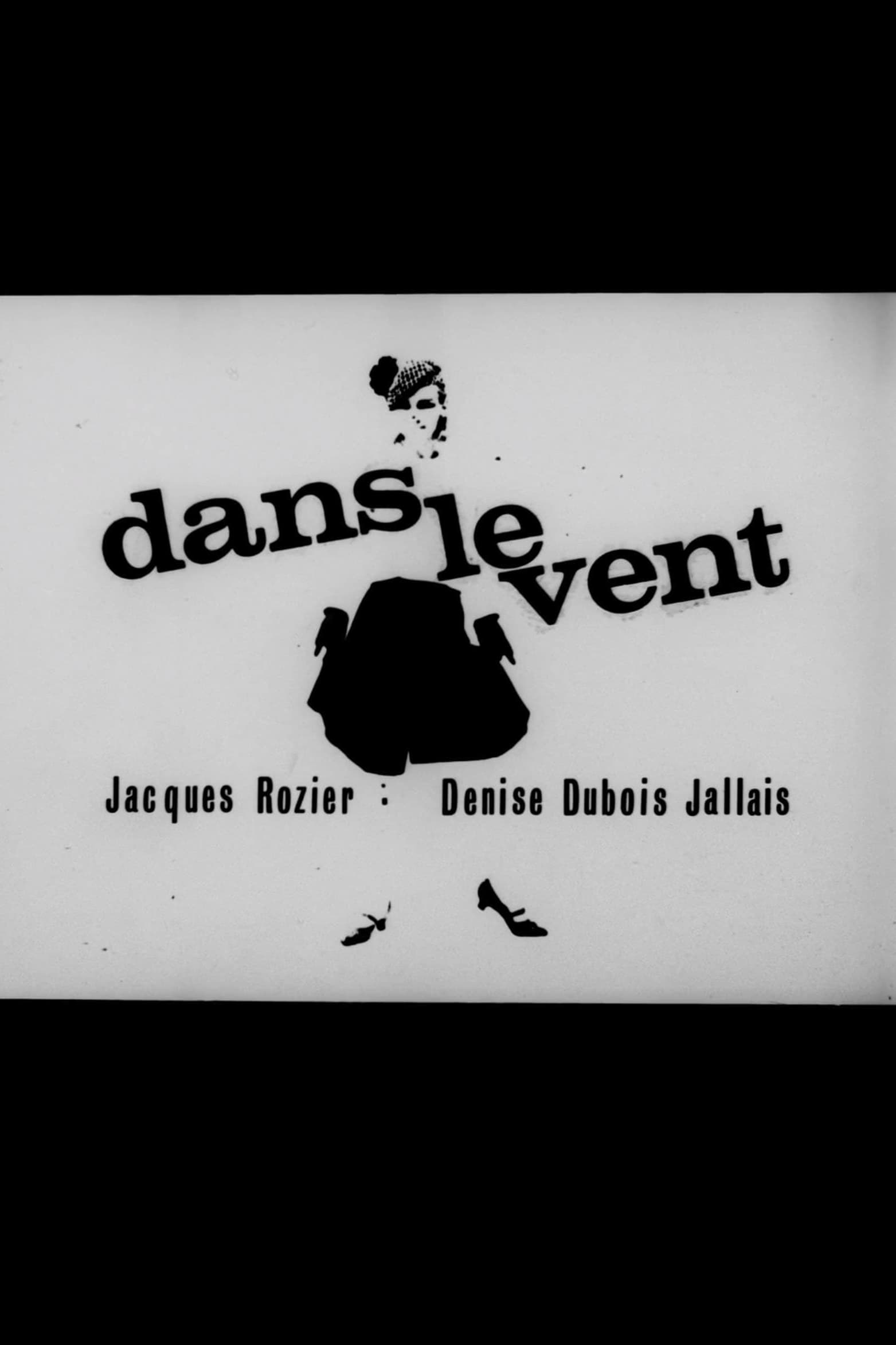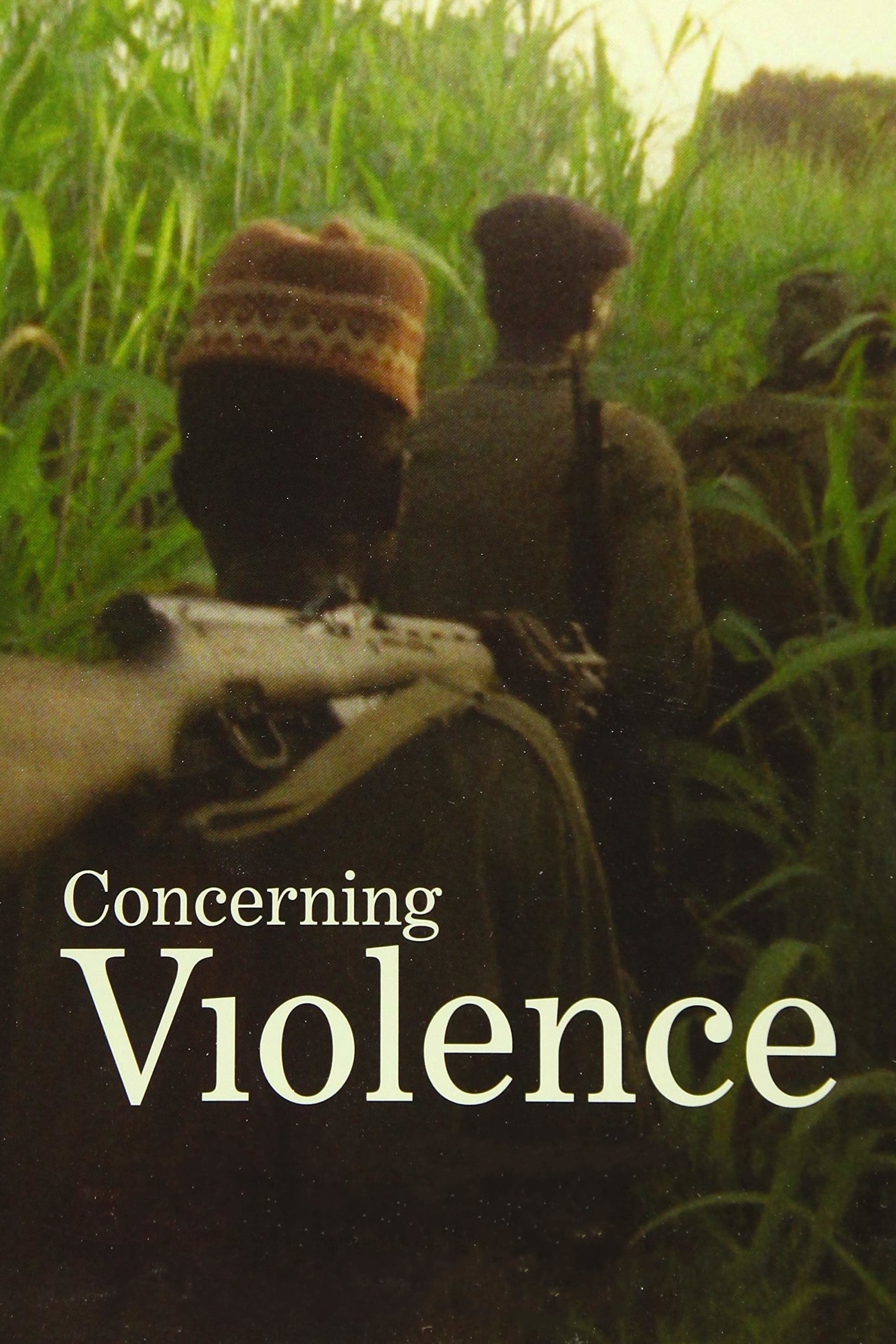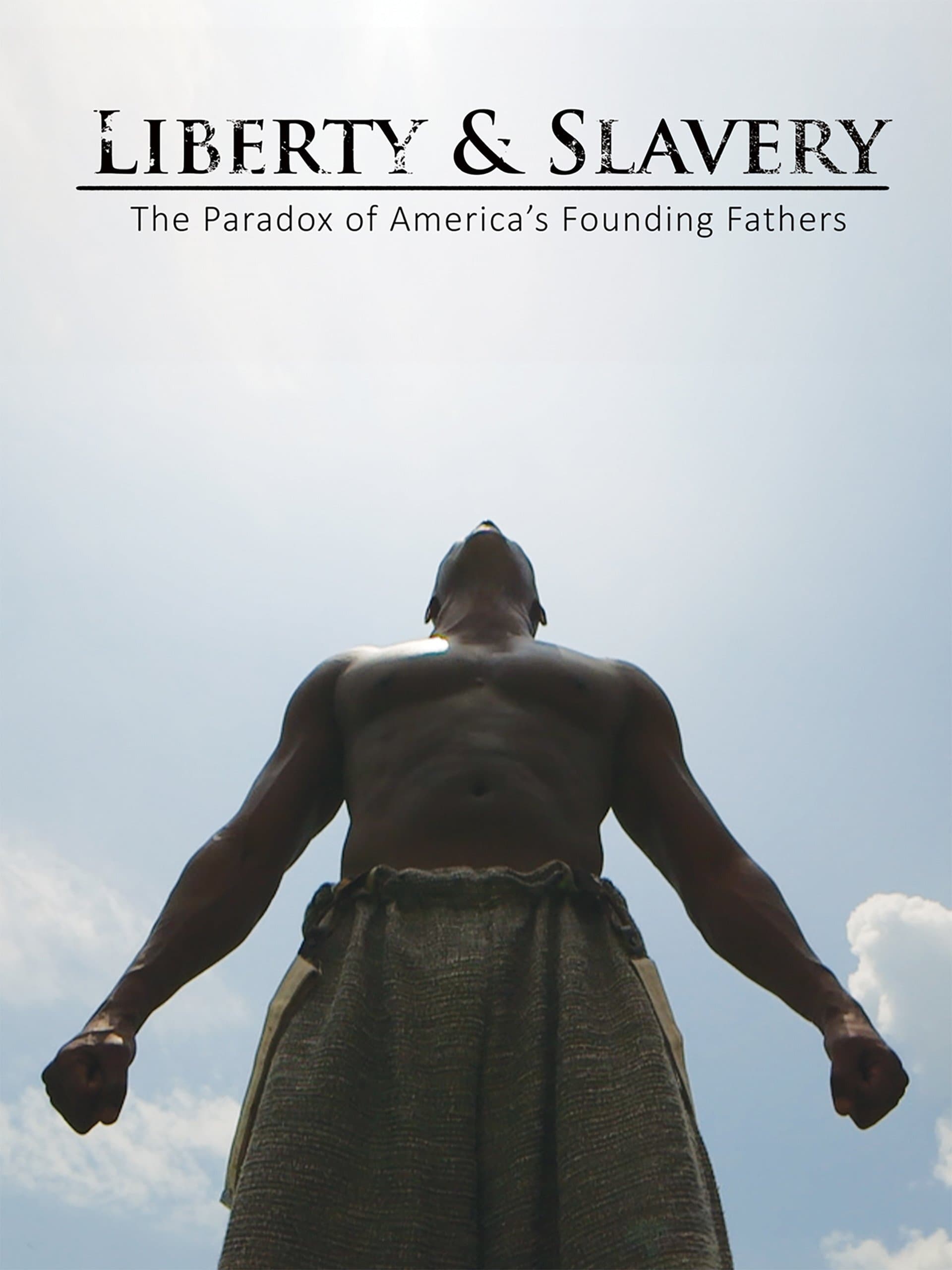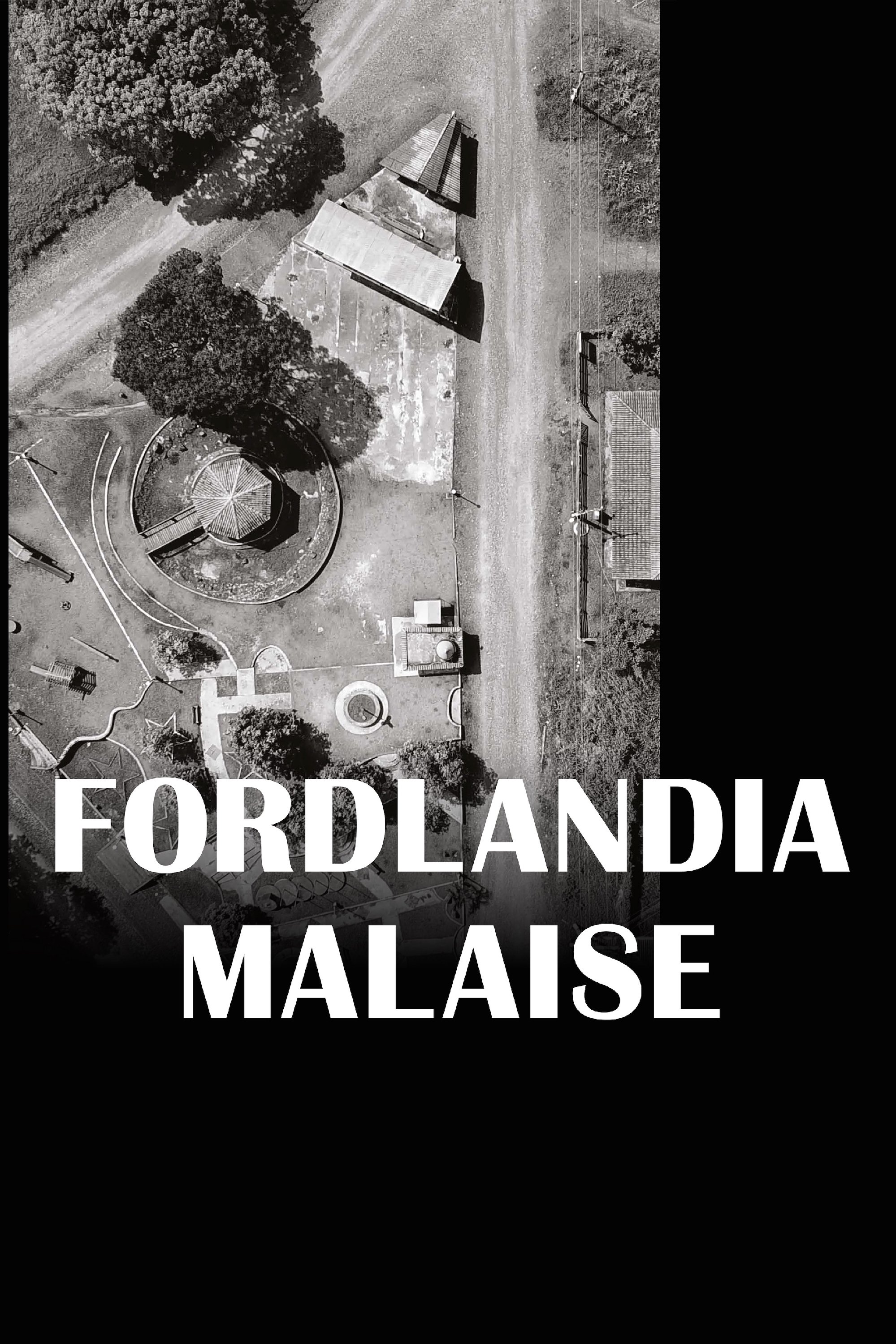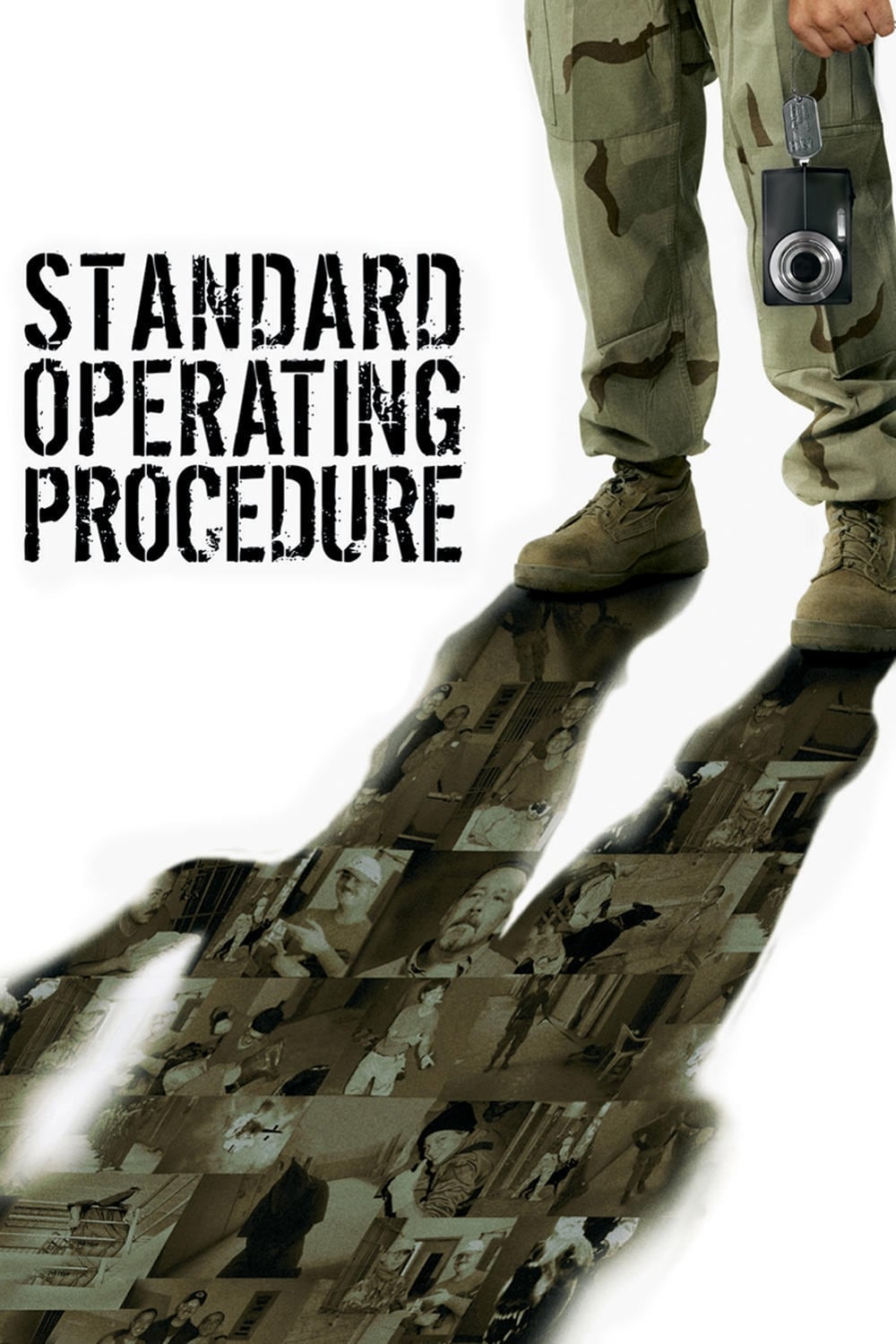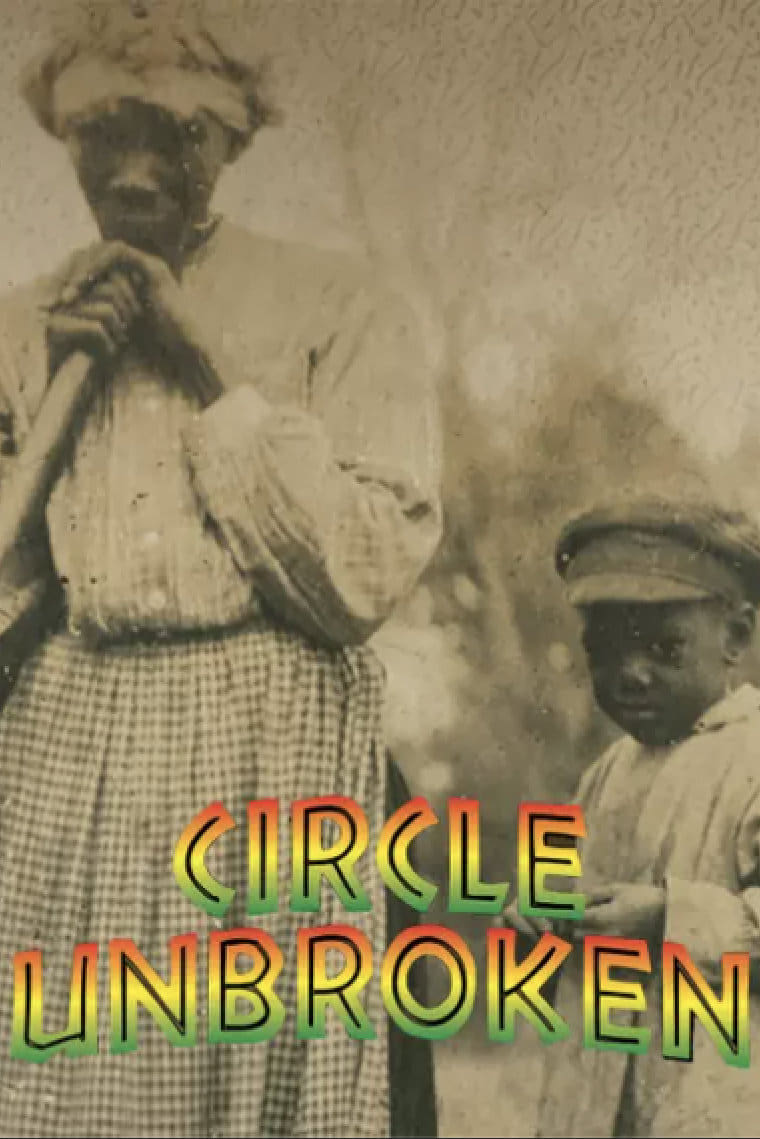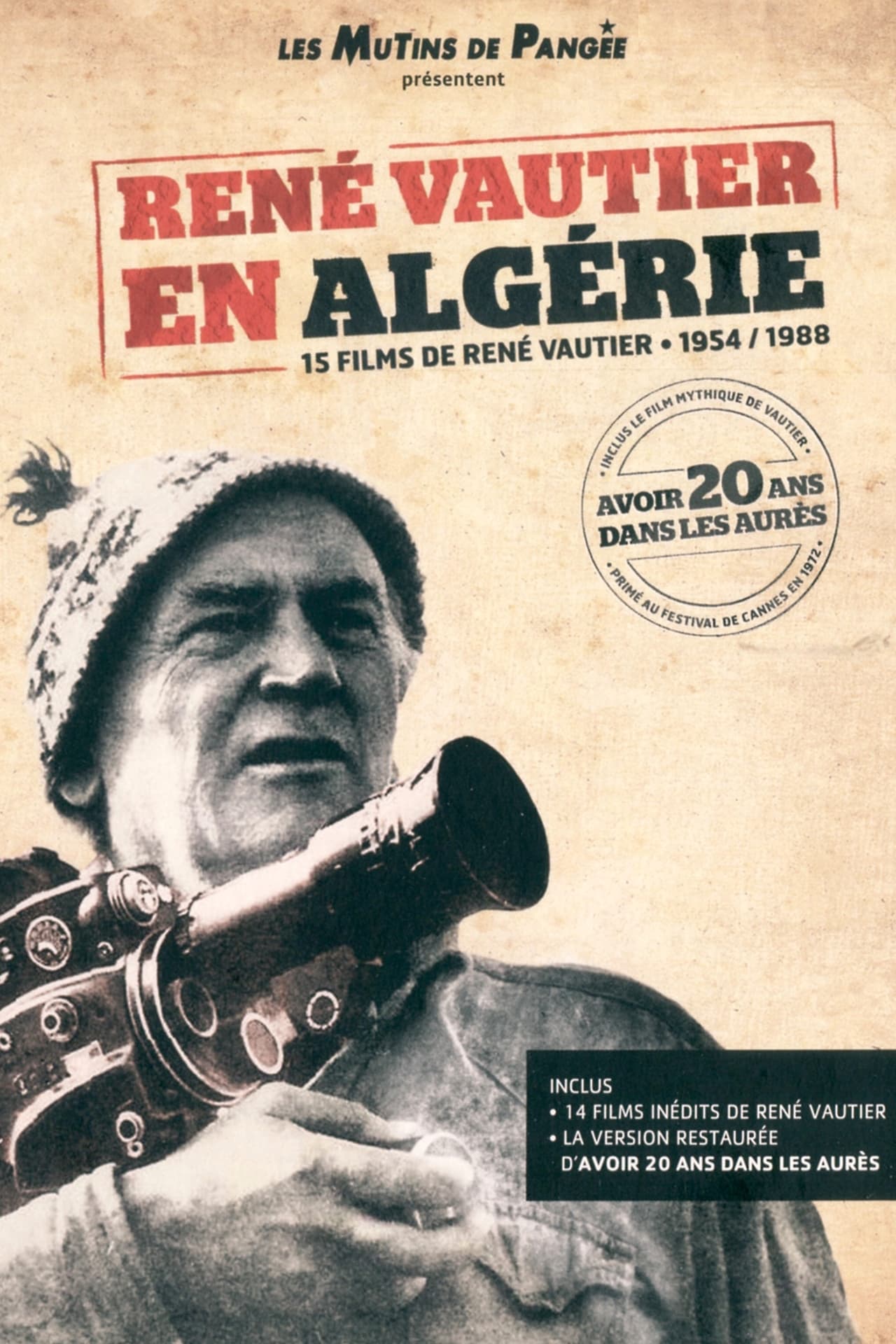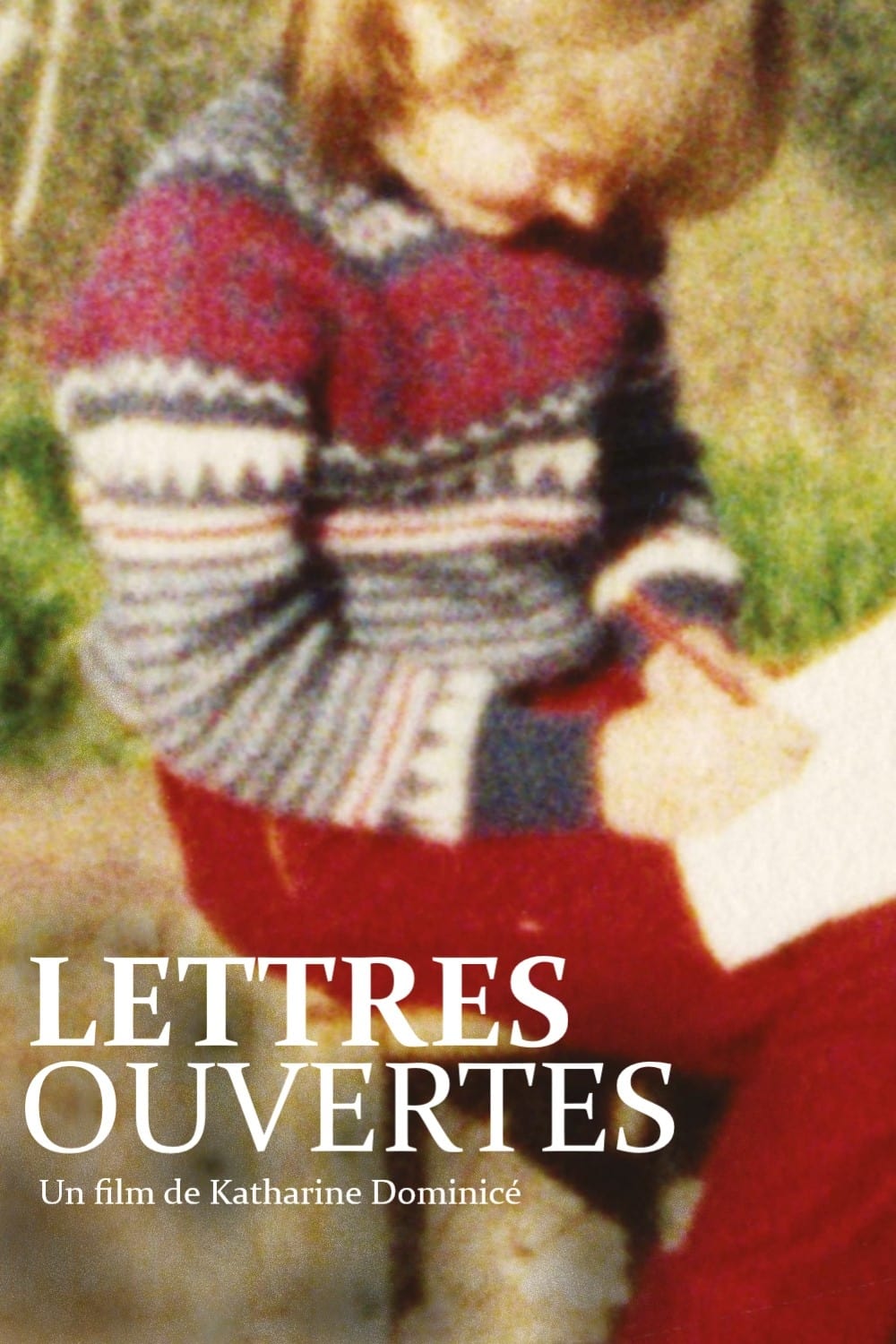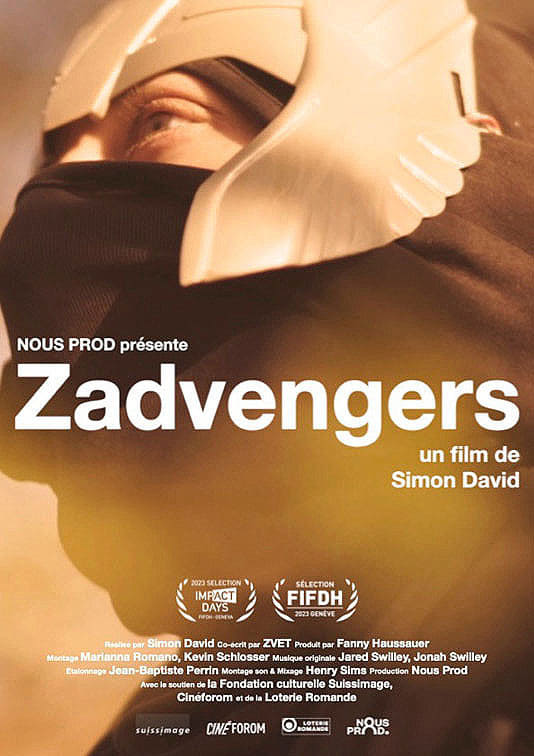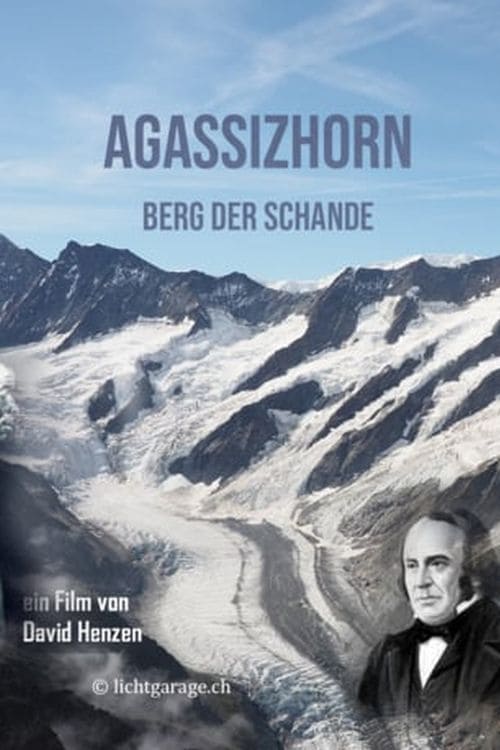
Agassizhorn: Mountain of Shame (2018)
Overview
In the Bernese Alps, the Agassizhorn peak memorialises Louis Agassiz – a controversial 19th-century scientist, who not only named the mountain after himself, but who claimed he had discovered the Ice Age and went on to become one of the century's most virulent, most influential racists.
Production Companies
Additional Info
| Budget | $5,000.00 |
|---|---|
| Revenue | $0.00 |
| Original Language | de |
| Popularity | 0.426 |
Directed By
David Henzen
Crew
David Henzen
TOP CAST
Hans Fässler
Himself
Lukas Preiswerk
Himself
Similar Movies
Everest Unmasked
Record of the first ascent of Everest made without the use of oxygen equipment, made in May 1978 by Reinhold Messner and Peter Habeler. Could it be done? Would their blood vessels burst? Would they suffer brain damage leading to madness? Nobody was sure. Messner: 'I would never come here for trying Everest with oxygen. That is not a challenge for me.' A fascinating piece of history, well filmed by Leo Dickinson and Eric Jones (above the South Col Messner used a cine camera to continue the filming), featuring Messner and Habeler's thoughts. The film follows the usual sequence from Namche to Base Camp, through the Icefall, to Camps I, II and III. It also shows historical footage of the pioneering Mallory and Shipton expeditions.
The Swiss Machine
Ueli Steck may be the greatest speed alpinist the world has ever seen. In this film he tells the stories of his record-breaking ascents in the Alps, accompanied by stunning aerial footage of him racing up 8,000 foot alpine faces. Ueli joins Alex Honnold in Yosemite to attempt speed records there. His ultimate goal: take his one-man alpine speed game to the largest, highest walls in the world.
Looking for the Wild
Have you ever wanted to take a year traveling the globe? 10-year-old Unai and his family do just that on an extraordinary mission to photograph an endangered animal on each continent in its natural environment. A documentary made by nature photographer Andoni Canela with his family is narrated by his young son who shares his experiences and observations as they camp in jungles, deserts, and glaciers in search of wolves, elephants, lions, bison, penguins, hornbills and crocodiles. Seen through the boy's eyes, their journey across all continents conveys an innocent and unconditional love of nature and reveals an urgency to protect the delicate diversity of our planet's wildlife. Breathtaking cinematography and an insider's view on the daily life of a professional photographer on assignment enhance the documentary's story of a family learning, playing, and living on a trip of a lifetime together.
Faces Nord
March 12, 1987. The young French mountaineer Eric Escoffier prepares his equipment, very reduced in material and food. He leaves the next day and intends to chain three north faces in the Alps: Eiger, Matterhorn and Grandes Jorasses. The ascent of the first summit, the Eiger is slow, difficult and full of pitfalls. It takes 17 hours to reach it. Without recognizing the terrain -he prefers to improvise- the mountaineer continues through the Matterhorn. When night falls, anxiety is felt on Zermatt's side. Help is organized to pick him up. Despite his refusal to return, Escoffier is finally hoisted. Christophe Profit, a few hours earlier, managed the chain of three summits.
Frederick Douglass: In Five Speeches
Acclaimed actors draw from five of Douglass’ legendary speeches, to represent a different moment in the tumultuous history of 19th century America as well as a different stage of Douglass’ long and celebrated life, while famed scholars provide context for the speeches, and remind us that Frederick Douglass’ words about racial injustice still resonate deeply today.
The Decisive Moment
Henri Cartier-Bresson: The Decisive Moment is an 18-minute film produced in 1973 by Scholastic Magazines, Inc. and the International Center of Photography. It features a selection of Cartier-Bresson’s iconic photographs, along with rare commentary by the photographer himself.
Climbing Everest with a Mountain on My Back: The Sherpa's Story
Every year, over a thousand climbers try to reach the summit of Mount Everest, with the annual record for successful attempts currently standing at 633. But of that number, nearly half were Sherpas - the mountain's unsung heroes. Yet the Sherpa community has remained secretive about their nation, culture and experiences living in the shadow of the world's highest mountain. Now, for the first time, they open the door into their world. Without the expertise of the Sherpas, only the hardiest and most skilful climbers would succeed. Every day they risk their lives for the safety of others, yet they seek neither glory nor reward, preferring to stay in the background. Following the stories of four such Sherpas - Phurba, Ngima, Ngima Tenji and Gelu - this film reveals the reality of their daily lives, not just up the mountain, but with their families after they return home.
Dans le vent
Short subject on how fashion is created-- not by the great couturiers, but on the street.
Concerning Violence
Concerning Violence is based on newly discovered, powerful archival material documenting the most daring moments in the struggle for liberation in the Third World, accompanied by classic text from The Wretched of the Earth by Frantz Fanon.
Liberty & Slavery
America's Founding Fathers were yearning for a nation of individual liberty. But, the origins of America were overflowing with a deep-seated paradox. The Founding Fathers were rallying the colonists to liberty, while many were slave owners.
Fordlandia Malaise
Fordlandia Malaise is a film about the memory and the present of Fordlandia, the company town founded by Henry Ford in the Amazon rain forest in 1928. His aim was to break the British rubber monopoly and produce this material in Brazil for his car production in the United States. Today, the remains of construction testify to the scale of the failure of this neocolonialist endeavor that lasted less than a decade. Nowadays, Fordlandia is a space suspended between times, between the 20th and 21st centuries, between utopia and dystopia, between visibility and invisibility: architectural buildings of steel, glass, and masonry still remain in use while traces of indigenous life left no marks on the ground.
Standard Operating Procedure
Errol Morris examines the incidents of abuse and torture of suspected terrorists at the hands of U.S. forces at the Abu Ghraib prison.
Circle Unbroken: A Gullah Journey from Africa to America
75% of all enslaved Africans coming to America came in through Beaufort and the sea islands of South Carolina. This beautiful and picturesque tourist destination, by its unique history is the epicenter of the Gullah culture and the foundation of African American history; the result of the mingling of West African slaves with the plantation culture awaiting them in America.
Déjà le sang de mai ensemençait novembre
The essay by René Vautier, "Déjà le sang de Mai ensemençait Novembre", starts with the recapitulation of the representations of Algeria throughout the history of visual arts in France in an effort to explore the causes for the quest for independence.
Open Letters
Between 1931 to 2002, Switzerland issued some six million seasonal residence permits, known as "A" permits, to immigrant workers. This status carried drastic rules, such as a ban on family reunification and a stay in Switzerland limited to nine months a year. In open letters, former seasonal workers and their children recount the impact this system had on their lives.
Naître Svetlana Staline
In 1967, in the middle of the Cold War, Joseph Stalin's only daughter goes to the American embassy in New Delhi and asks for asylum. Svetlana leaves behind her country and her two children. Hunted by the press, the KGB, and many admirers, the woman, nicknamed the Kremlin princess, will never cease to flee. From the summit of the Soviet empire to the solitude and poverty of her last years in a Wisconsin home, Gabriel Tejedor traces the destiny of a resolutely free woman, at the very heart of the century and its geopolitical challenges.
Zadvengers
Environmental activists Thor, Hulk, Black Panther, Captain Anarchy and Batman illegally occupy Mormont Hill. They create a utopian model of society while waging a peaceful struggle against the enemy: the cement industry. Far from any society, these activists invent, create and reclaim a threatened site. A new threat looms when the police announce that they will soon be evicted. Zadvengers offers a poetic and personal vision of the reality of activism in the "Zones to be Defended" (ZADs).
The Third World
For nine months in 1930, seven Bretons, lobster fishermen, were "forgotten" on a volcanic island by their employers, Normans from Le Havre, heirs of the last French whalers. Four employees would die on the spot. Their descendants today revive the memory of this human tragedy which also struck 42 Madagascans. Starting from a sordid social conflict, the documentary shows that the “Forgotten Saint Paul” mark the end of an era of “colonization”, a term rarely used for the French Southern Territories, but nevertheless close to reality. This is the story of the Third World, as its discoverer, Yves de Kerguelen, named it.
